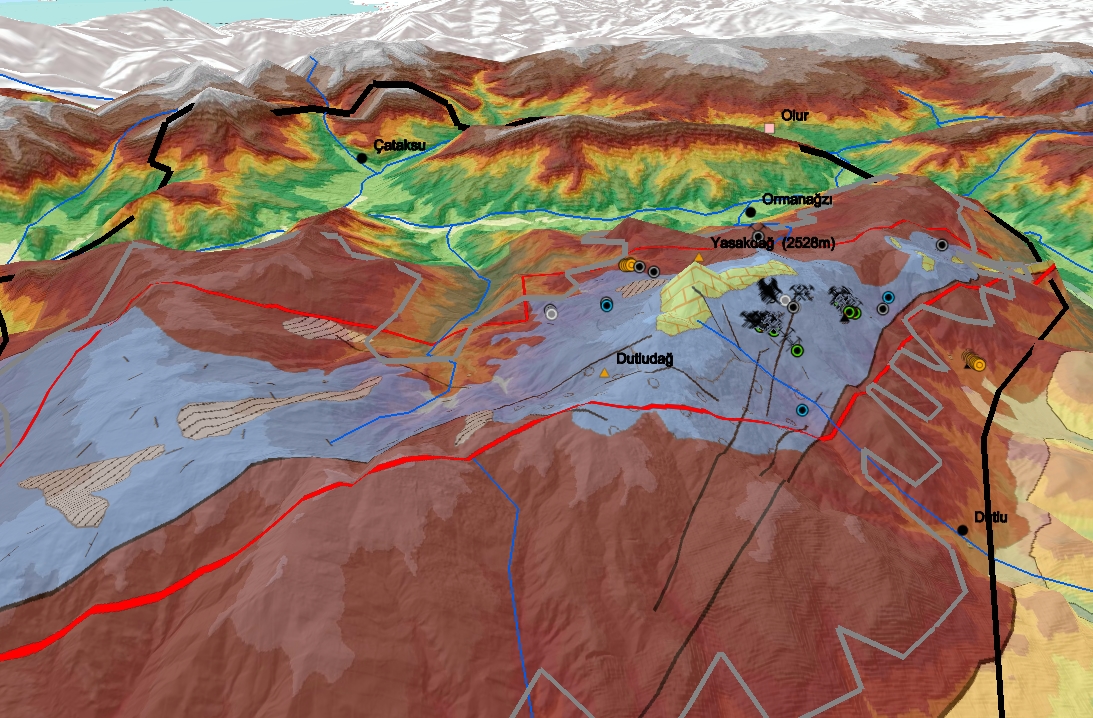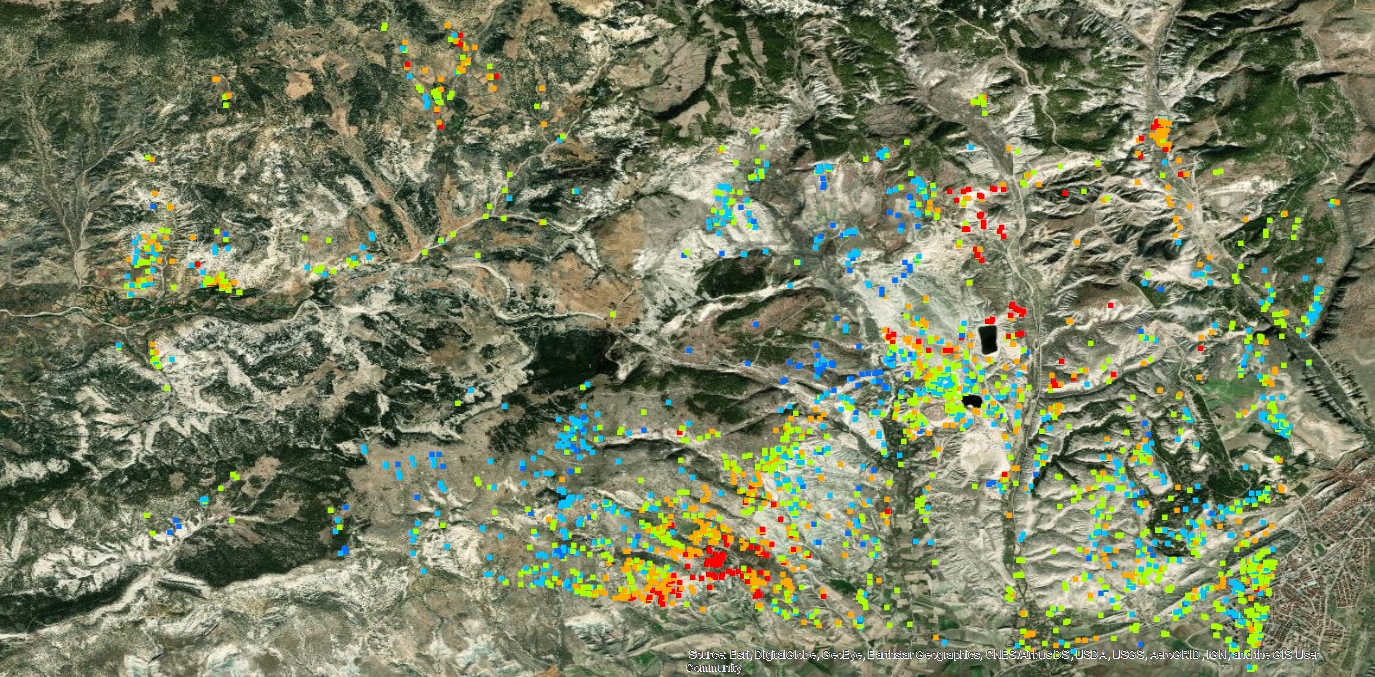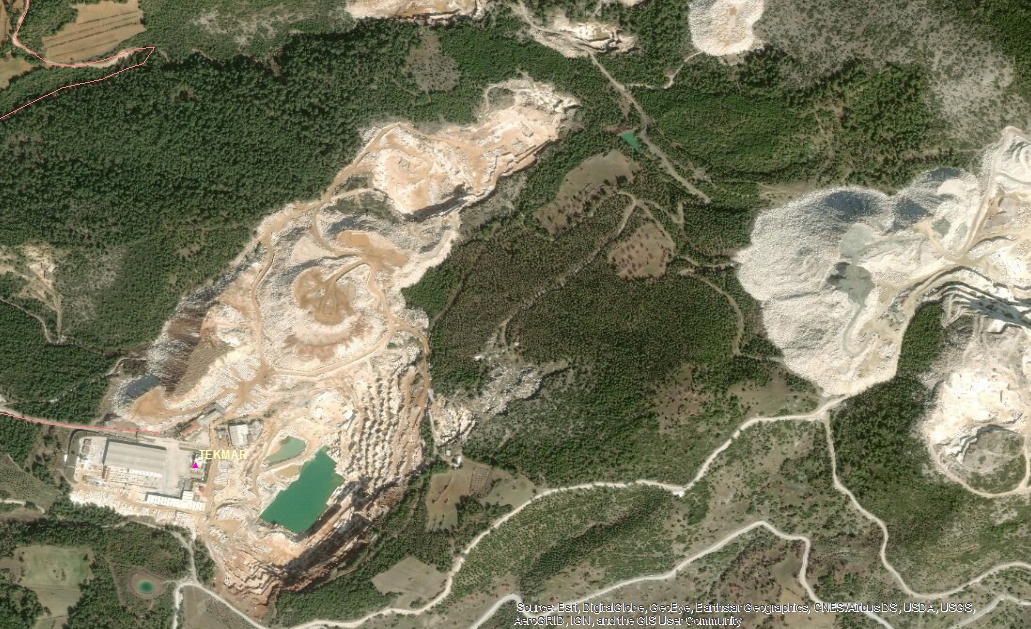DESCRIPTION: project 1
Estimating the Potential Resource of Black Amber and Mapping at a Test Field
Who
Client/for Whom: funded by Regional Development Agency (KUDAKA) and Atatürk University to support the circular economy in the semi-valuable stone sector to support local industry.
PROJ 2.1: INTEGRATED MINE EXPLORATION TECHNOLOGY
Identifying the Challenge & Requirements:
The local administrative bodies andsemi-valuable stone sector used to have some concerns on the available potential Oltu Taşı resource. This local requirement is responded by conducting a mine exploration project to use the state of the art technology.‘APERIGAE Information Technologies Consulting’ was previously founded has been in the sector since 2015 and main partner of AKURA MEETC. Currently, AKURA and APERIGAE, being as partner companies, are jointly cooperating to handle the tasks together.
The Approach, Conducted Work:
This work comprises research andprofessional works of surveying, geology, geomorphology, vegetation, forestry,mine surveying, mining, soil, environment sciences, GIS, remote sensing –andradio spectrometry-. The sister company APERIGAE gathered an interdisciplinary team of 23 researchers, academicians and professionals from. The project team supplied with all relevant geospatial data including ortho-photo, satellite imagery, topographic maps, geodatabases for soil, forestry, fielddata, thematic data generated from satellite imagery, statistical data, laboratory analysis and so on. The data and results are disseminated through a geoportal prototype comprising web services, data analytics among others.
Output:
The Project Team created meaningful results on probable potential reserve, proposed locations for drilling after a comprehensive work in the field and at laboratories of Middle East Technical University (METU) and Ataturk University (ATAUNI).
Partners, Alliance:
The project is conducted with the support of academicians from Middle East Technical University (METU) and Ataturk University (ATAUNI), Cumhuriyet Univ. (Sivas), Professional Geologists and Radio Spectrometer Experts





